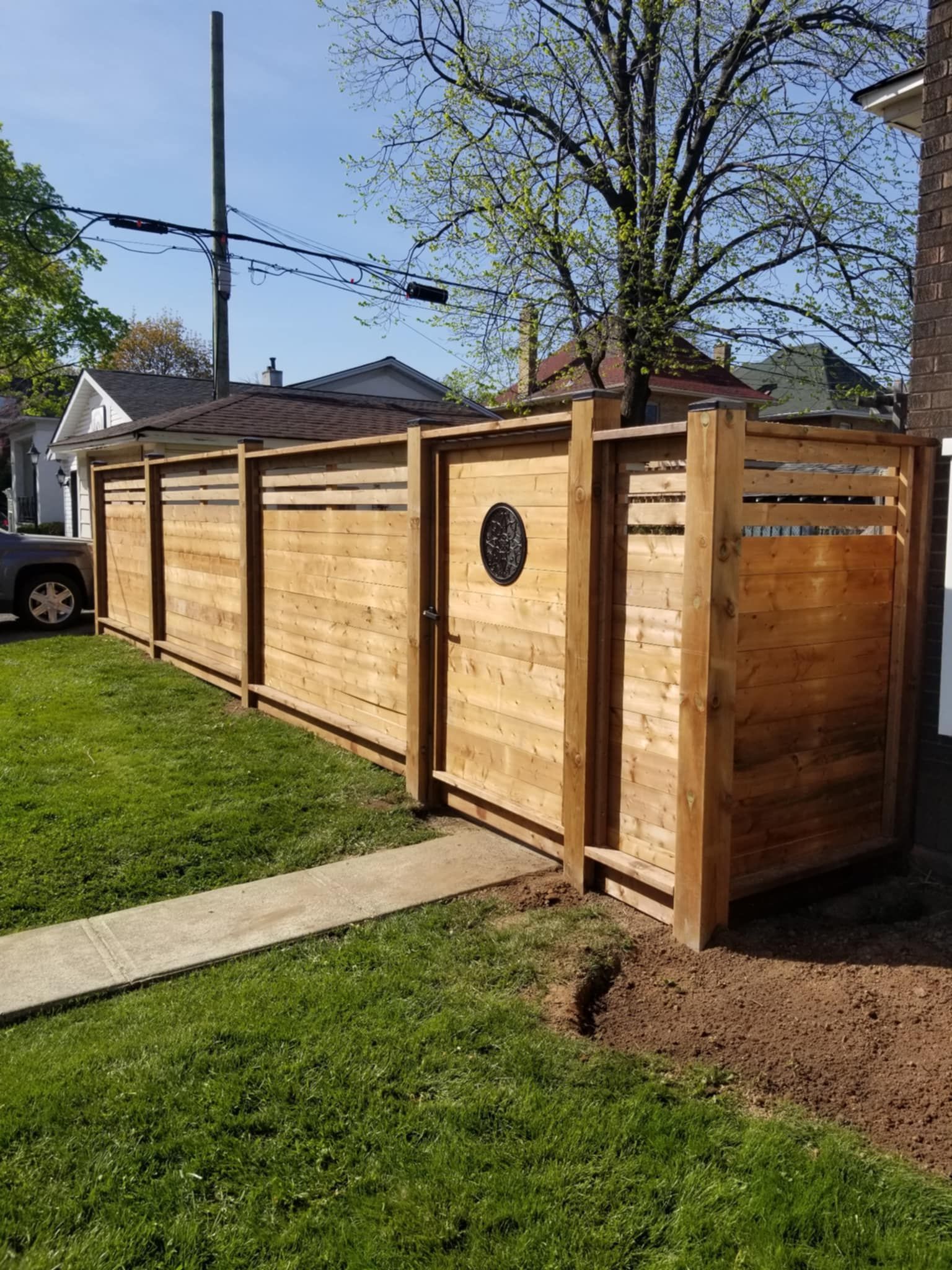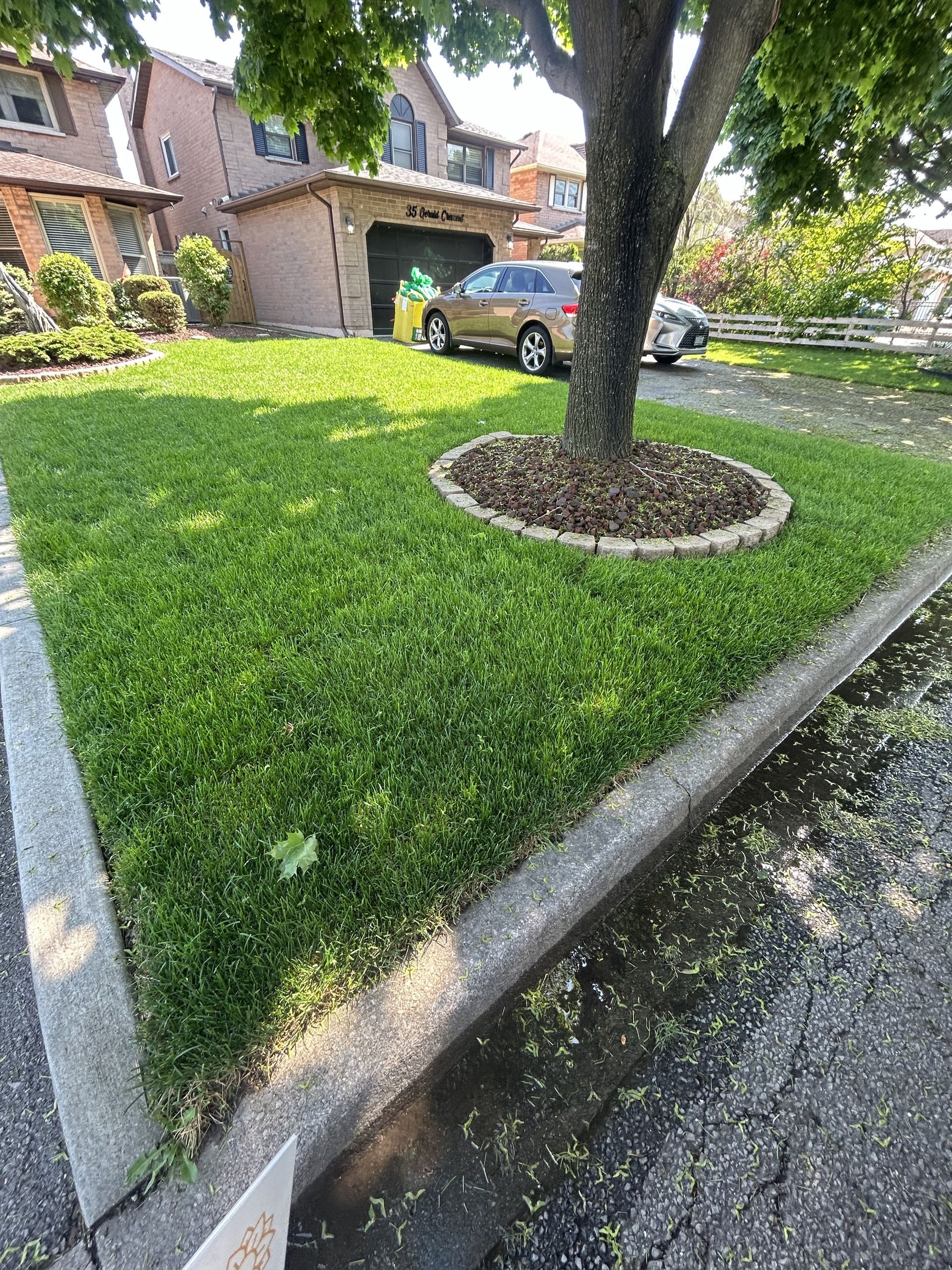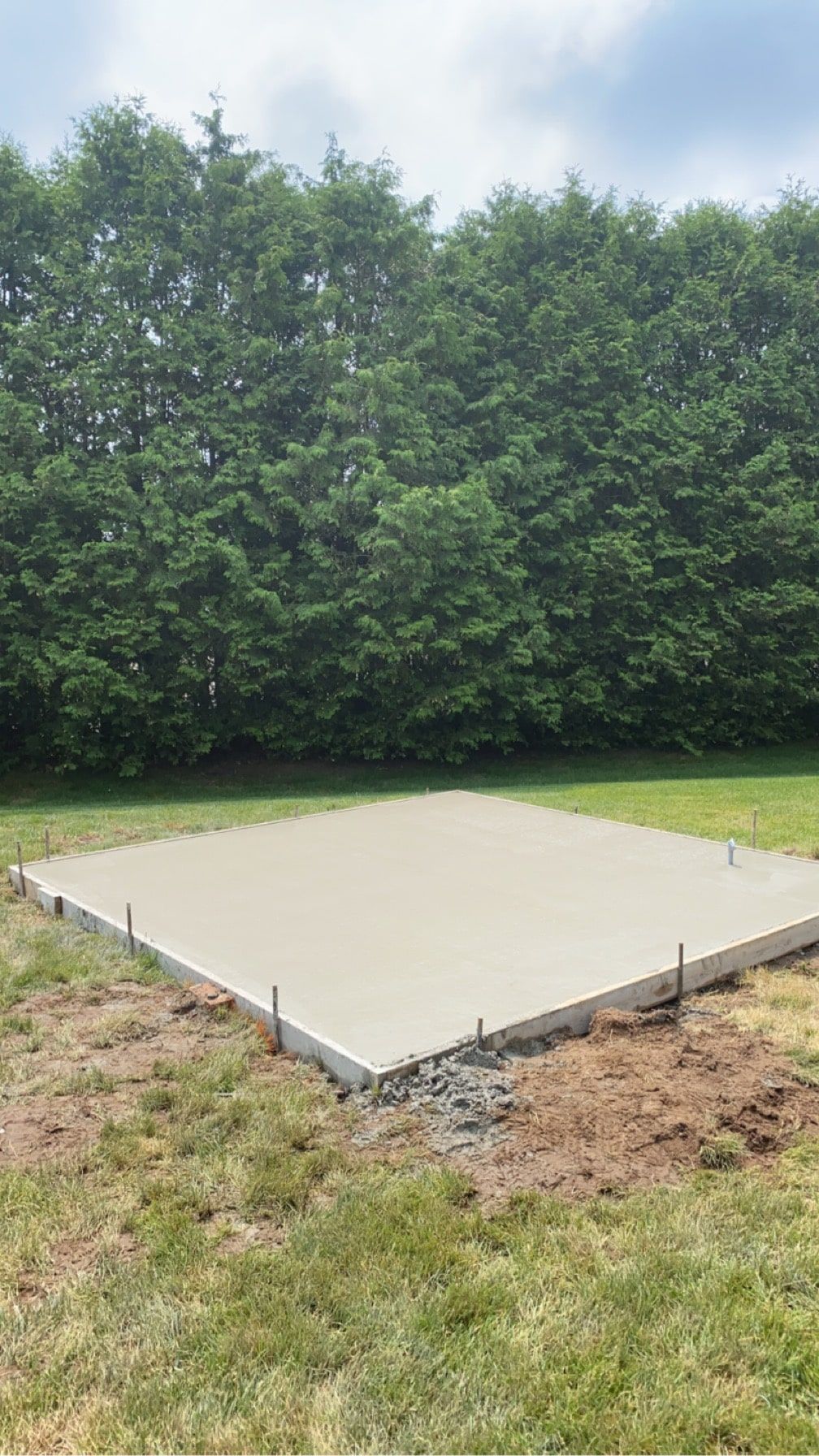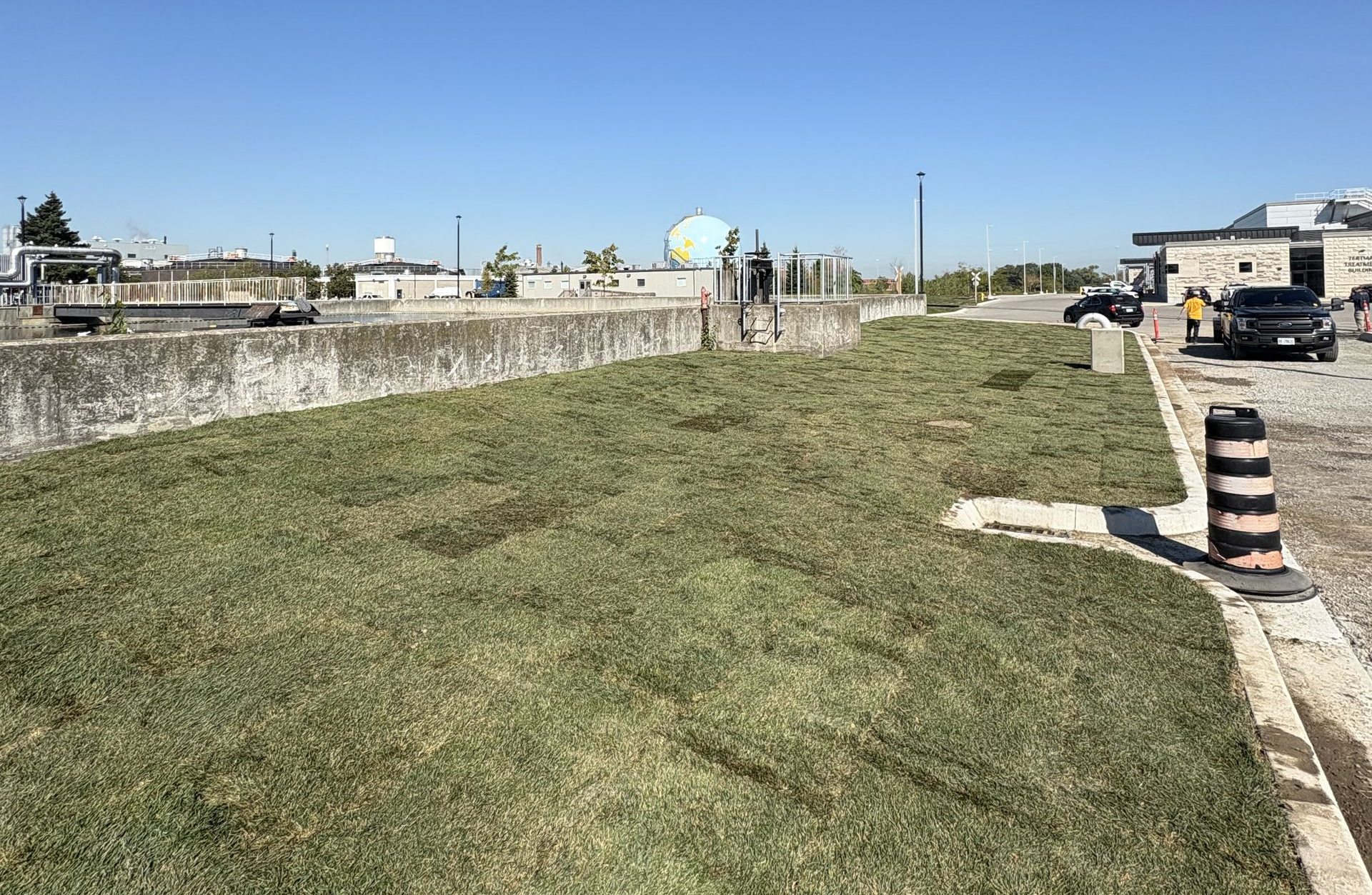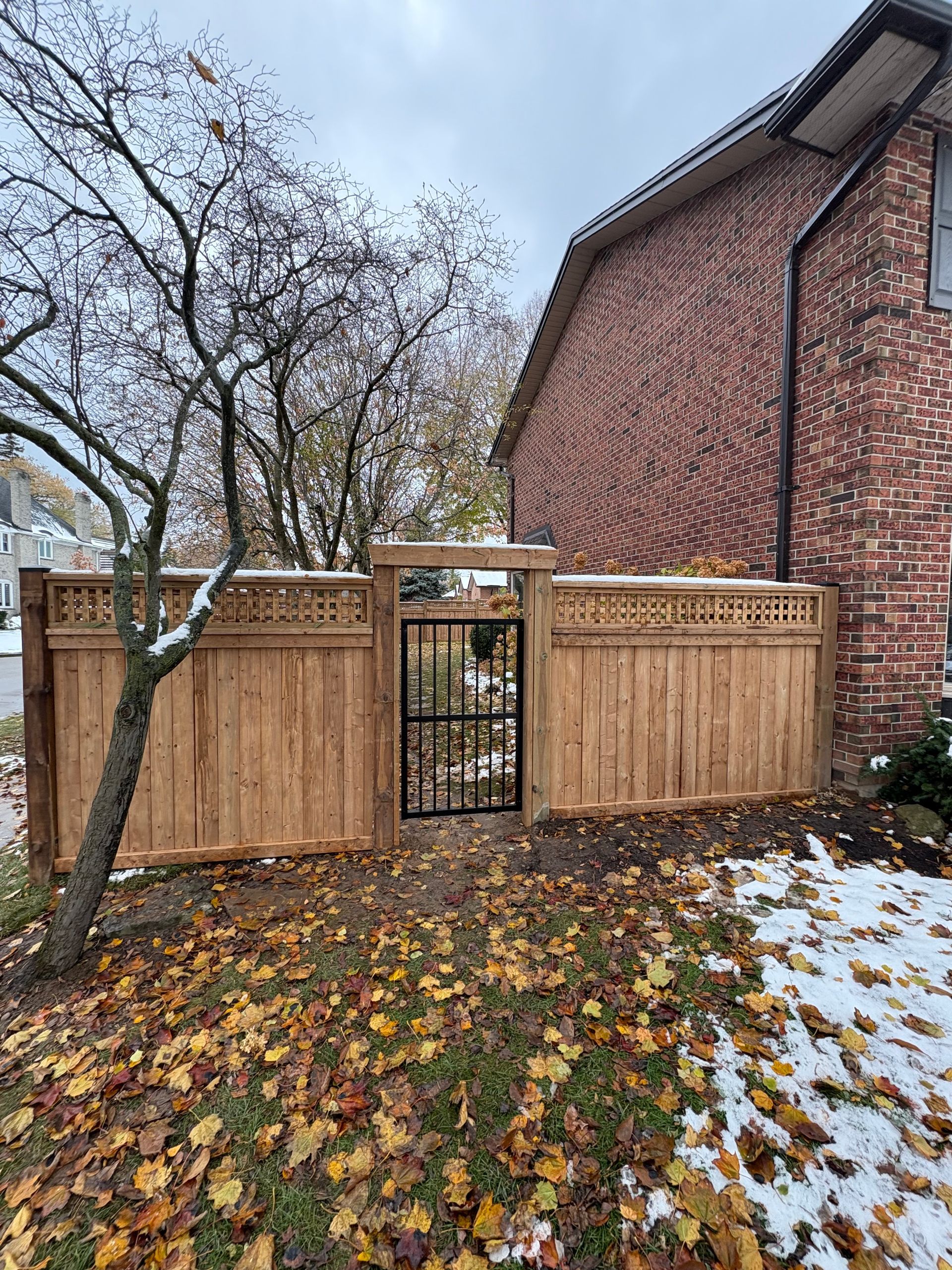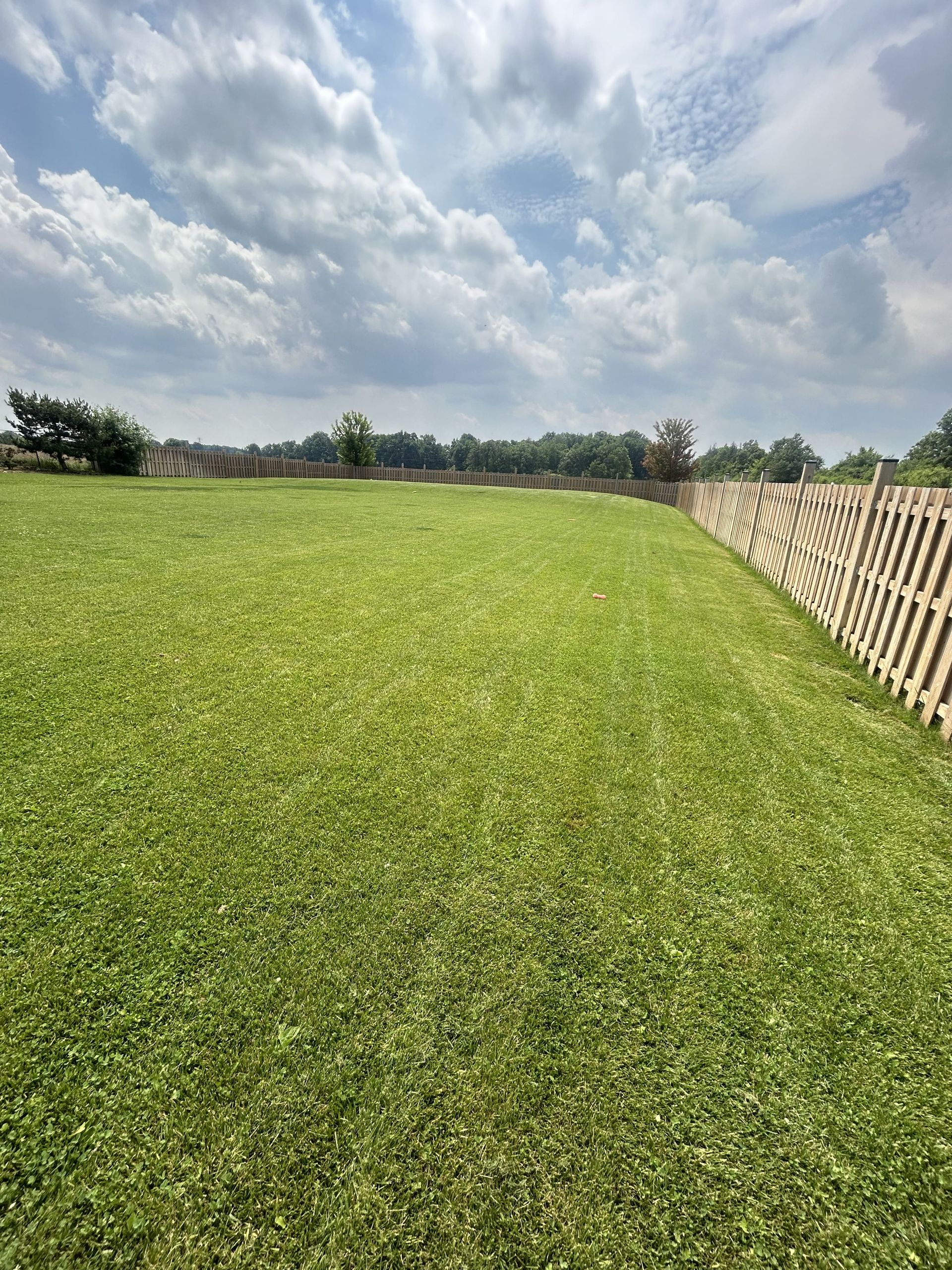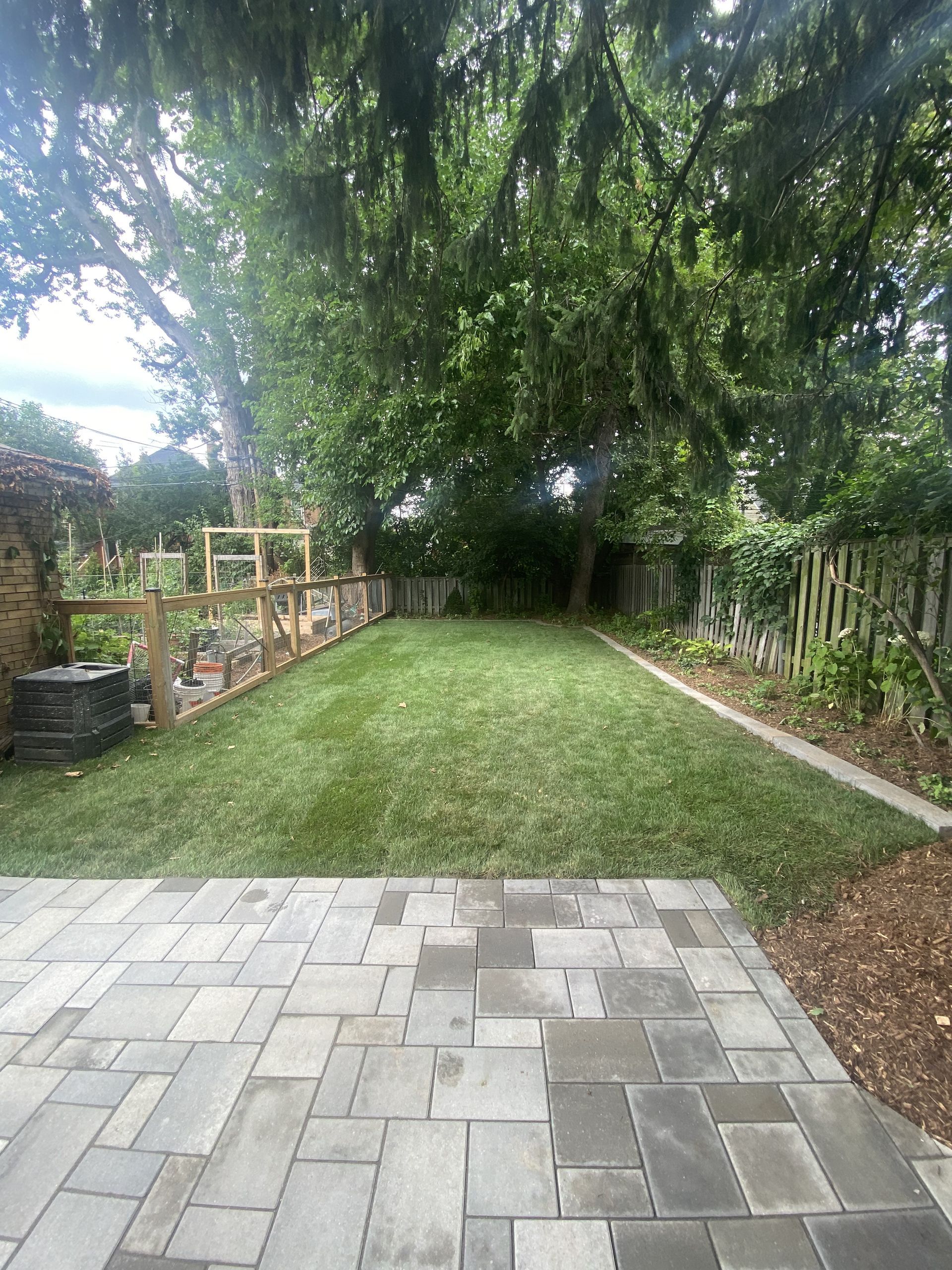How to Care for Your Trees in Winter: Tips for Keeping Them Healthy
Winter can be a tough time for trees, but with the right care, they can thrive through the cold months and return stronger in the spring. If you live in Hamilton or the surrounding areas, where freezing temperatures and snow can take a toll on your greenery, it's essential to ensure your trees are properly cared for during the winter months.
Whether you're a homeowner or a business, understanding how to protect your trees from winter’s harshness is crucial. As a trusted
Hamilton landscaper, Monarch Landscaping offers these essential tips to help you maintain healthy trees throughout the colder seasons.
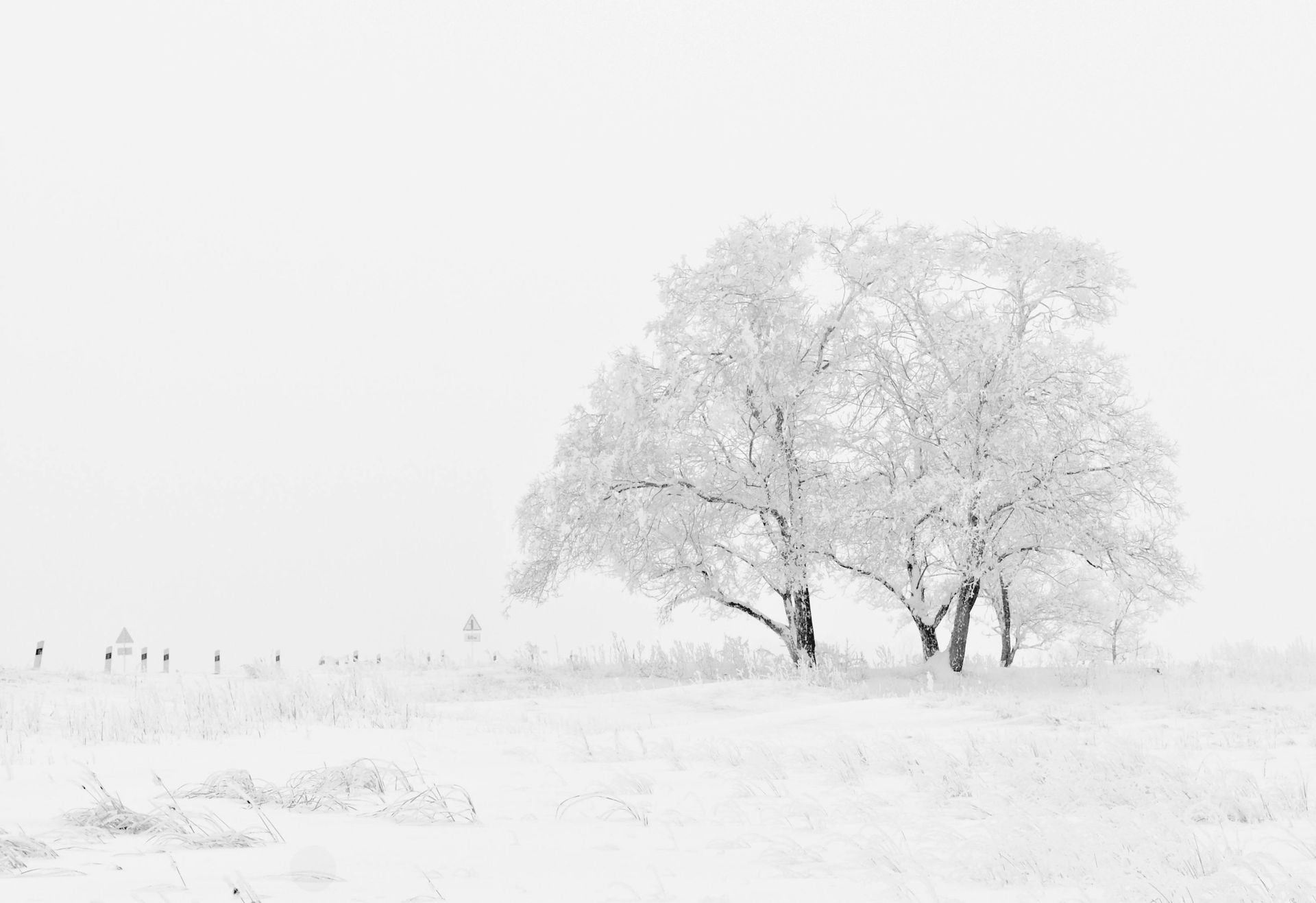
1. Mulch Around the Base of Your Trees
One of the simplest and most effective ways to protect your trees during winter is by applying mulch around their base. Mulch acts as an insulating layer that helps regulate soil temperature, keeping the roots warmer and more stable during cold snaps.
For trees in Hamilton, where temperatures can drop dramatically, mulch can help prevent frost from penetrating the soil too deeply. Use organic materials such as wood chips, bark, or compost to create a 3- to 4-inch layer around the root zone, but avoid piling it directly against the trunk, as this can cause rot.
2. Water Your Trees Before the Ground Freezes
It’s easy to forget about tree care once the cold weather sets in, but your trees still need hydration in the winter months. Winter drought can be just as harmful as summer drought for trees. The key is to water your trees thoroughly before the ground freezes. By providing moisture in the fall, you ensure that your trees are not overly stressed during the colder months. If you’re unsure about how much water your trees need, consult with a member of our team who can guide you on how to keep your trees well-hydrated.
3. Protect Trees from Salt Damage
In urban areas, winter salt used to clear roads and walkways can be a significant threat to the health of your trees. Salt can burn roots and strip away essential nutrients from the soil. To protect your trees from salt damage, consider using barriers such as burlap or snow fences to shield the tree trunks from direct contact with salt. Additionally, wash off the salt from tree trunks and surrounding soil whenever possible.
4. Prune Dead or Damaged Branches
Winter winds and heavy snow can cause branches to snap, leading to potential damage or injury to your trees. To minimize the risk, prune any dead, diseased, or damaged branches before the winter season begins. This will not only help prevent further damage but also encourage healthy growth in the spring. When pruning, be sure to make clean cuts and avoid cutting too much at once, as this can stress the tree.
5. Wrap Young or Vulnerable Trees
Young trees and certain species are more vulnerable to winter injury, especially during extreme cold or sudden temperature fluctuations. Consider wrapping the trunks of young trees with burlap or tree wrap to prevent damage from frost cracks or sunscalds. Properly wrapping trees in the winter can offer protection against these risks and ensure that your trees remain healthy year-round.
6. Consider Wind Protection
Winter winds can be harsh, and trees that are exposed to strong gusts may suffer from damage such as broken branches or root stress. If you have mature trees or valuable landscaping near your home or business, consider setting up windbreaks.
Planting shrubs or installing fences can help reduce wind exposure, minimizing damage to your trees.
7. Avoid the Urge to Fertilize
Winter is not the time for fertilizing trees. Trees enter a dormant state during the colder months, and applying fertilizer can stimulate growth at the wrong time, potentially stressing the tree. It’s best to wait until early spring to fertilize your trees when they begin to show signs of new growth. During winter, focus on ensuring your trees have adequate water and protection from the cold, rather than feeding them nutrients that they won’t use.
8. Monitor for Pests and Diseases
While pests are generally less active during the winter, some can still cause damage to your trees. For example, rodents such as voles and rabbits may chew on the bark of young trees during the winter months, leading to injury. If you notice any signs of pest activity, such as bark damage or chew marks, take action to deter them. This might include wrapping trunks with protective guards or using natural repellents. Keeping an eye out for any signs of winter pests can help ensure your trees remain healthy during the season.
Caring for your trees in winter may seem like a small task, but it can make all the difference in ensuring they stay healthy and strong year after year. From proper watering and mulching to pruning and protecting against salt damage, these essential winter care tips will help your trees survive the cold and continue to thrive. Take the time to prepare your trees now, and you’ll be rewarded with a healthier landscape when the weather warms up.
For personalized tree care services, reach out to Monarch Landscaping, your trusted Hamilton landscaper, and let us help you protect and maintain your trees through every season!
